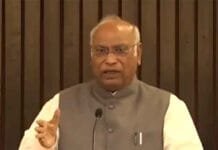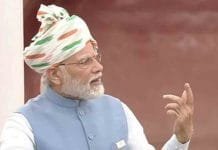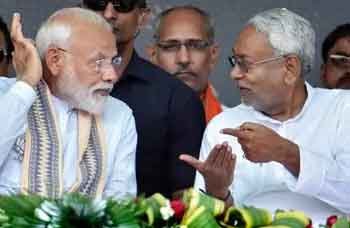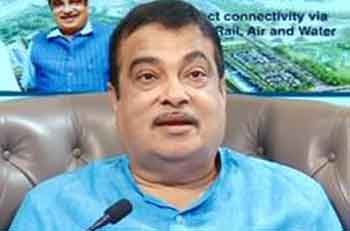The Bharatiya Janata Party (BJP) faces a significant period of transition as it prepares for the end of Jagat Prakash Nadda’s tenure as party president on June 30. With Nadda’s new role as a minister in the central government, the party is not immediately set to announce a new president. Instead, it is likely that a working president will be appointed to oversee the party’s operations until a permanent leader is chosen.
Transition Amidst New Leadership Challenges
With Nadda’s move to the central cabinet, the BJP finds itself at a crossroads, balancing the need for continuity with the necessity of new leadership. This interim period is crucial as the party gears up for organizational elections in various states, which are a prerequisite for electing a new national president.
Membership Campaign and Organizational Elections
Before appointing a new president, the BJP plans to initiate a comprehensive membership campaign, followed by organizational elections across the states. According to party rules, it is mandatory to complete organizational elections in at least 50% of the states before selecting the national president. This structured approach ensures a broad-based leadership that reflects the party’s extensive grassroots network.
Possible Extensions and Interim Leadership
In this context, the BJP has recently amended its constitution to grant the parliamentary board the authority to extend the president’s term in emergency situations. Therefore, either Nadda’s term will be extended temporarily, or an interim leader will be appointed as the working president. This flexibility allows the party to maintain stability while navigating the complexities of internal elections and external political challenges.
Speculations on the New President
Following Nadda’s ministerial appointment, several names have been speculated for the new party president. Initially, former Madhya Pradesh CM Shivraj Singh Chouhan, Union Minister Bhupendra Yadav, and former Haryana CM Manohar Lal Khattar were considered frontrunners. However, their recent cabinet roles have shifted focus to other potential candidates such as party general secretary Vinod Tawde, Sunil Bansal, and Narendra Singh Tomar. These leaders bring varied experiences and regional strengths to the table, making them suitable contenders for the top party position.
New Responsibilities Across States
Apart from the national leadership, the BJP also needs to appoint new state presidents in several key regions. In Bihar, Samrat Chaudhary currently holds dual roles as state president and deputy chief minister. In West Bengal, Sukant Majumdar has been appointed a minister at the Center, while Nayab Singh Saini in Haryana has taken on the role of chief minister. The party aims to select leaders who can effectively balance social equations and strengthen the party’s foothold in these critical states.
Confronting Political and Organizational Challenges
The new leadership, whether interim or permanent, will face significant challenges. The recent general elections highlighted areas where the BJP underperformed, such as in Uttar Pradesh, impacting its majority. Strengthening the party’s organizational structure in these states is a priority. Additionally, upcoming assembly elections in Jharkhand, Maharashtra, and Haryana this year, along with elections in Delhi early next year, pose crucial tests for the party. The outcomes of these elections will directly influence the party’s future prospects and the success of the Modi government.
Revamping Booth Management
One of the BJP’s key strengths over the past decade has been its robust booth management system. However, the recent elections exposed weaknesses in this area. The new president must revitalize booth management strategies to ensure better voter outreach and engagement. Addressing misconceptions among the deprived classes regarding constitutional and reservation policies will also be crucial for regaining trust and support.
Strengthening the Party’s Core
To navigate these challenges, the new leadership will need to focus on reinforcing the party’s core values and strategies. This includes:
- Rejuvenating grassroots connections through active membership drives and organizational elections.
- Enhancing communication and clarity around policy decisions, especially those affecting marginalized communities.
- Promoting unity and discipline within the party ranks to ensure a cohesive approach to both internal and external challenges.
Preparing for Future Elections
As the BJP prepares for the upcoming assembly and national elections, the role of the interim or new president will be pivotal. Strategic planning, effective communication, and robust organizational structures will be key to maintaining the party’s momentum and addressing any setbacks encountered in recent elections.
The BJP’s strategic approach to leadership transition highlights its commitment to stability and effective governance. By focusing on organizational elections, extending terms in emergencies, and potentially appointing a working president, the party is poised to navigate this transitional phase with resilience. As the BJP looks ahead, its leadership choices will play a critical role in shaping its future trajectory and electoral success.
















